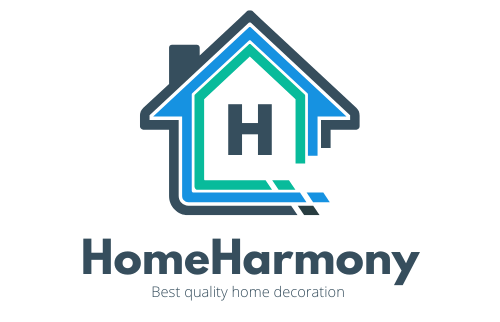- 5 Tips for Designing a Functional Home Office (Even in Small Spaces) - July 24, 2025
- 12 Hidden Costs of Homeownership Nobody Warns You About - July 23, 2025
- The Secret Lives of Backyard Bugs: What Your Garden Isn’t Telling You Yet - July 23, 2025
Open Shelving in Kitchens
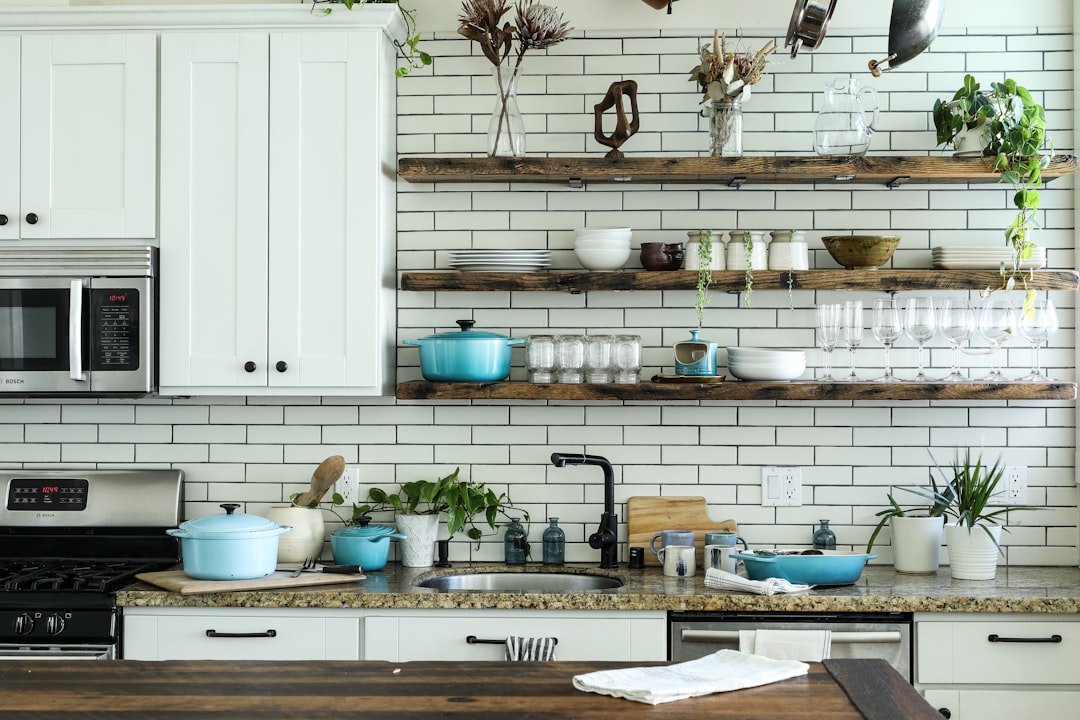
Open kitchen shelving exploded in popularity thanks to its airy look and Instagram-ready appeal. However, recent surveys from Houzz and Zillow show that homeowners are increasingly frustrated by the constant dust, grease, and clutter that open shelves invite. A 2024 report by the National Kitchen and Bath Association notes that 61% of remodelers now favor closed cabinetry for easier maintenance. Many people find themselves stressed by the pressure to keep dishes perfectly styled at all times. Open shelving can also diminish resale value, as buyers prefer practical storage over aesthetics. With more people cooking at home since 2020, the flaws in this trend have become impossible to ignore. As a result, open shelves are quickly losing ground to more functional storage solutions.
Barn Doors
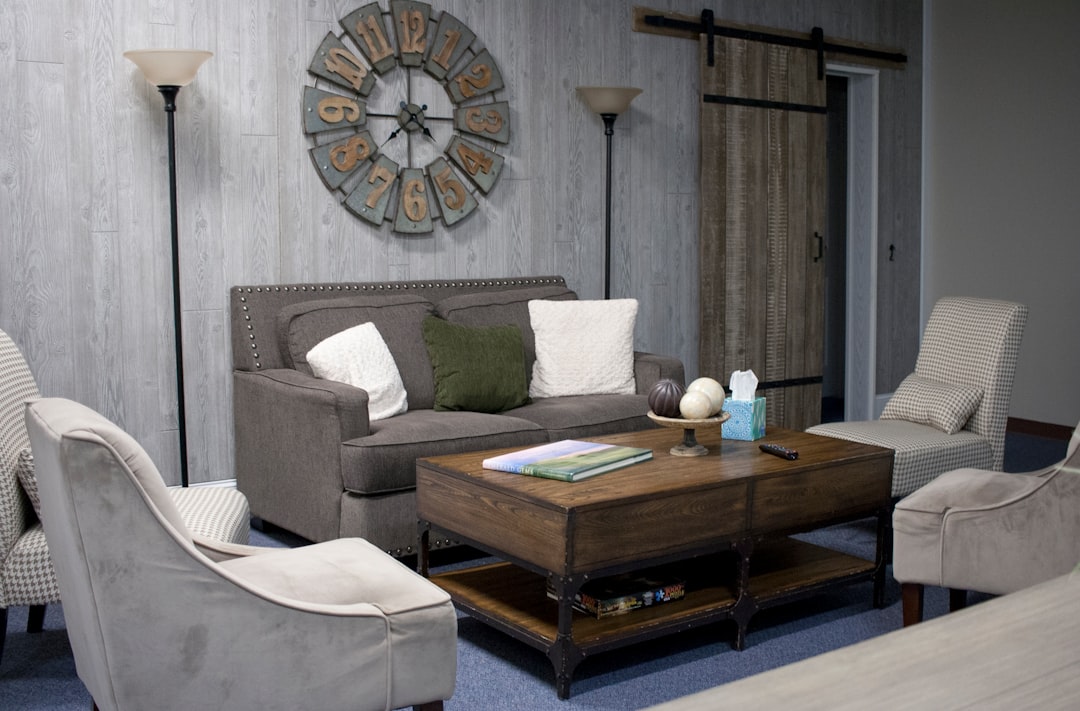
Barn doors once added rustic charm to modern homes, but their reign is coming to an end. According to a 2023 Zillow study, listings featuring barn doors sold for 13% less than those with traditional doors. Homeowners complain that barn doors offer little sound privacy and take up valuable wall space. The National Association of Realtors points out that they can be particularly inconvenient in small rooms or bathrooms, where privacy is critical. Additionally, their heavy sliding mechanisms often require frequent adjustments. As tastes shift toward quieter, more refined interiors, barn doors are being replaced with pocket or panel doors. The barn door trend is now seen as more of a fleeting fad than a timeless feature.
Industrial Lighting Fixtures

Exposed bulbs, iron cages, and Edison-style lights were once the hallmark of chic, loft-inspired decor. But as design preferences evolve, these industrial fixtures are falling out of favor. A 2024 survey by HomeAdvisor found that 72% of homeowners planning renovations opted for softer, more traditional lighting. Harsh glare and dust accumulation are major complaints, with many describing the aesthetic as cold and impersonal. Designers are returning to timeless fixtures with warm finishes and diffused light, prioritizing comfort over edge. The shift reflects a broader trend toward cozy, lived-in spaces rather than stark, industrial settings. For most, the novelty of industrial lighting has simply worn off.
All-White Interiors
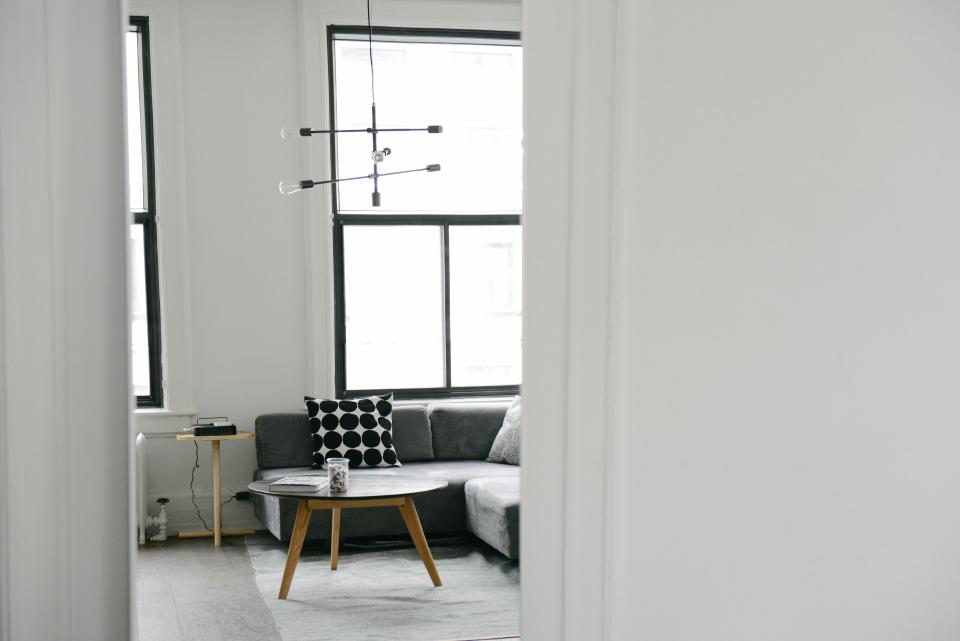
The all-white home was once the gold standard for modern minimalism, but recent data from Redfin shows a 17% drop in searches for all-white design schemes in 2024. Homeowners now see white rooms as sterile and difficult to maintain, especially with kids or pets around. Stains and scuffs are nearly impossible to hide, and constant upkeep is exhausting. Paint companies like Sherwin-Williams report rising demand for earthy neutrals and rich colors that add depth without overwhelming a space. Design experts suggest that all-white interiors lack the personal warmth and lived-in feel buyers are seeking. As a result, many are opting for layered, colorful looks that feel more inviting.
Statement Bathtubs
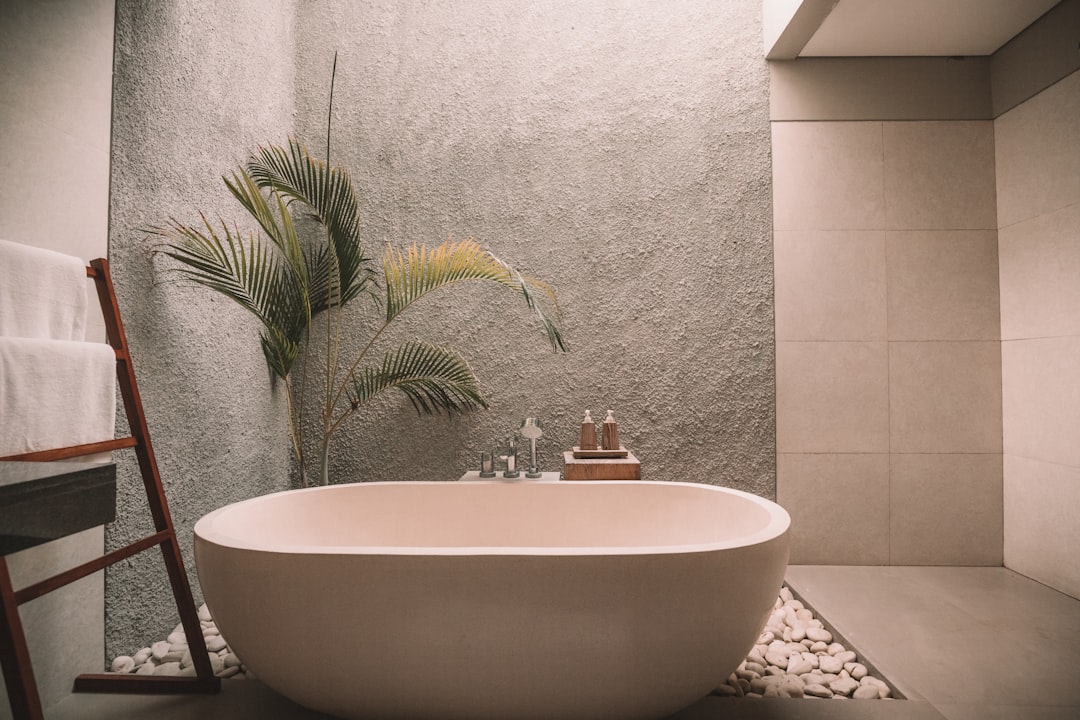
Freestanding statement tubs have been a luxurious bathroom centerpiece, but their practicality is often questioned. According to a 2023 Houzz study, 56% of homeowners renovating bathrooms chose to forgo large tubs in favor of spacious showers. Many cite the difficulty of cleaning around and under freestanding tubs, as well as their tendency to dominate smaller bathrooms. Real estate agents also report that such tubs appeal to a niche market and can even hurt resale value. The National Kitchen and Bath Association noted a rise in demand for accessible, walk-in showers, especially among aging populations. As lifestyles shift toward efficiency, statement tubs are losing their once-glamorous appeal.
Shiplap Walls
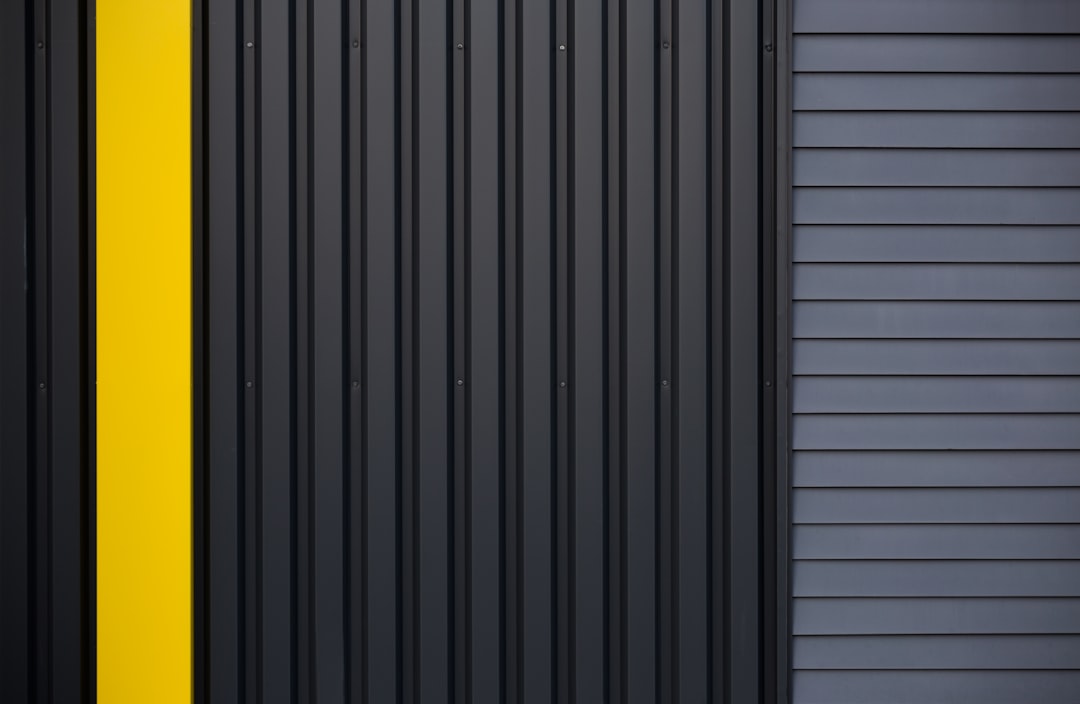
Shiplap walls became wildly popular thanks to TV renovation shows, but their moment is fading. According to a 2024 HomeAdvisor trend report, only 8% of new builds included shiplap compared to 27% in 2020. Homeowners now see shiplap as overdone and too closely associated with a specific era of design. It often clashes with contemporary or urban aesthetics and can make rooms feel dated. Maintenance issues, such as dust collecting in grooves, add to the drawbacks. Designers are now favoring texture through wallpaper, plaster, or wood slats with more subtle profiles. The shiplap craze seems destined to be remembered as a hallmark of the 2010s.
Smart Refrigerators with Touch Screens
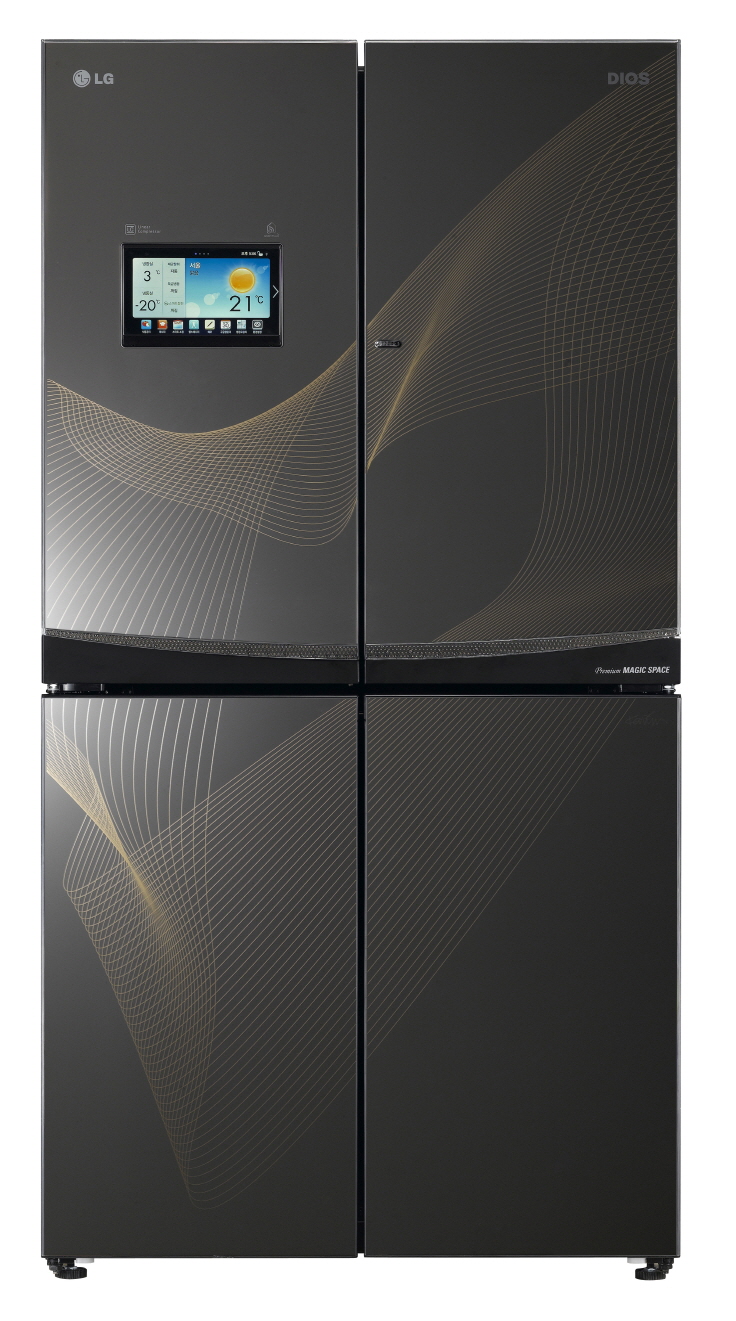
Smart refrigerators with built-in screens promised to revolutionize kitchens, but adoption rates are dropping. A 2025 Consumer Reports survey found that only 11% of new fridge buyers chose screen-equipped models, citing high costs and software glitches. Many users report that features like grocery lists and recipe displays are rarely used, often replaced by smartphones or tablets instead. Repair costs for these fridges are notably higher, and frequent software updates can become a hassle. Energy efficiency ratings also tend to lag behind traditional models, raising concerns among eco-conscious buyers. As a result, most people now prioritize reliability and performance over flashy tech.
Wall-Mounted Electric Fireplaces
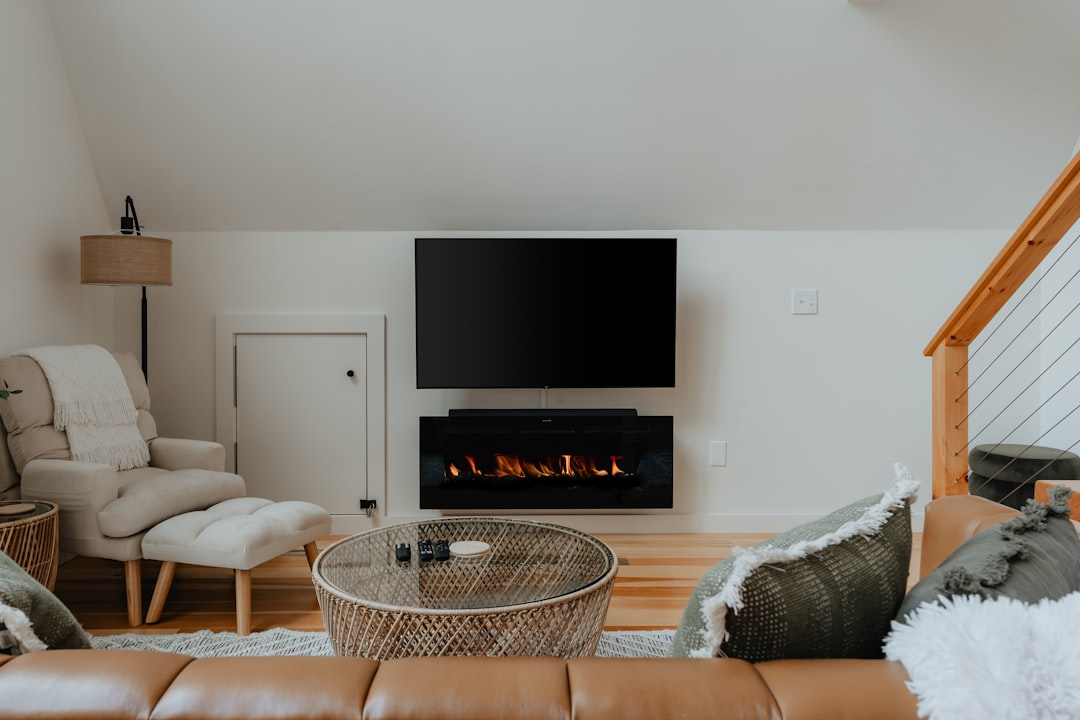
Wall-mounted electric fireplaces became a go-to for adding ambiance without the mess of wood or gas. However, the 2024 National Home Builders Association survey found that these features are being removed in 19% of renovation projects. Many homeowners say the faux flame effect looks artificial up close, and units often fail to adequately heat larger rooms. Concerns over energy usage and safety also persist, especially among families with small children. Real estate professionals note that electric fireplaces rarely sway buyers, and can even be seen as a negative if they dominate a living space. The trend is cooling off as people seek more authentic and practical options.
Accent Walls in Bold Colors
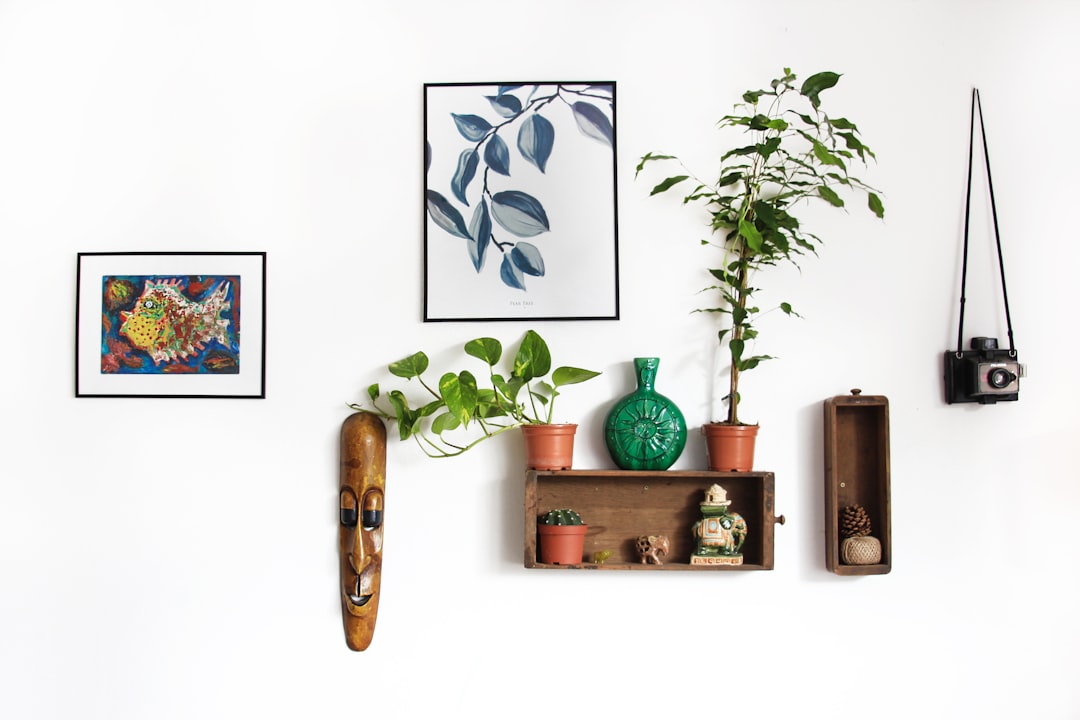
Bold accent walls were once a quick way to add personality, but current design reports suggest the trend is waning. Sherwin-Williams’ 2025 color survey shows neutral, calming palettes now dominate home design choices. Homeowners often regret bright accent walls, finding them difficult to match with furnishings or repaint later. Zillow’s 2024 buyer feedback indicates that strong colors can limit a home’s appeal, making spaces feel smaller or more chaotic. Designers now recommend subtle tone-on-tone variations or natural textures for visual interest. This shift reflects a desire for flexibility as people spend more time at home and seek soothing environments.
Concrete Countertops
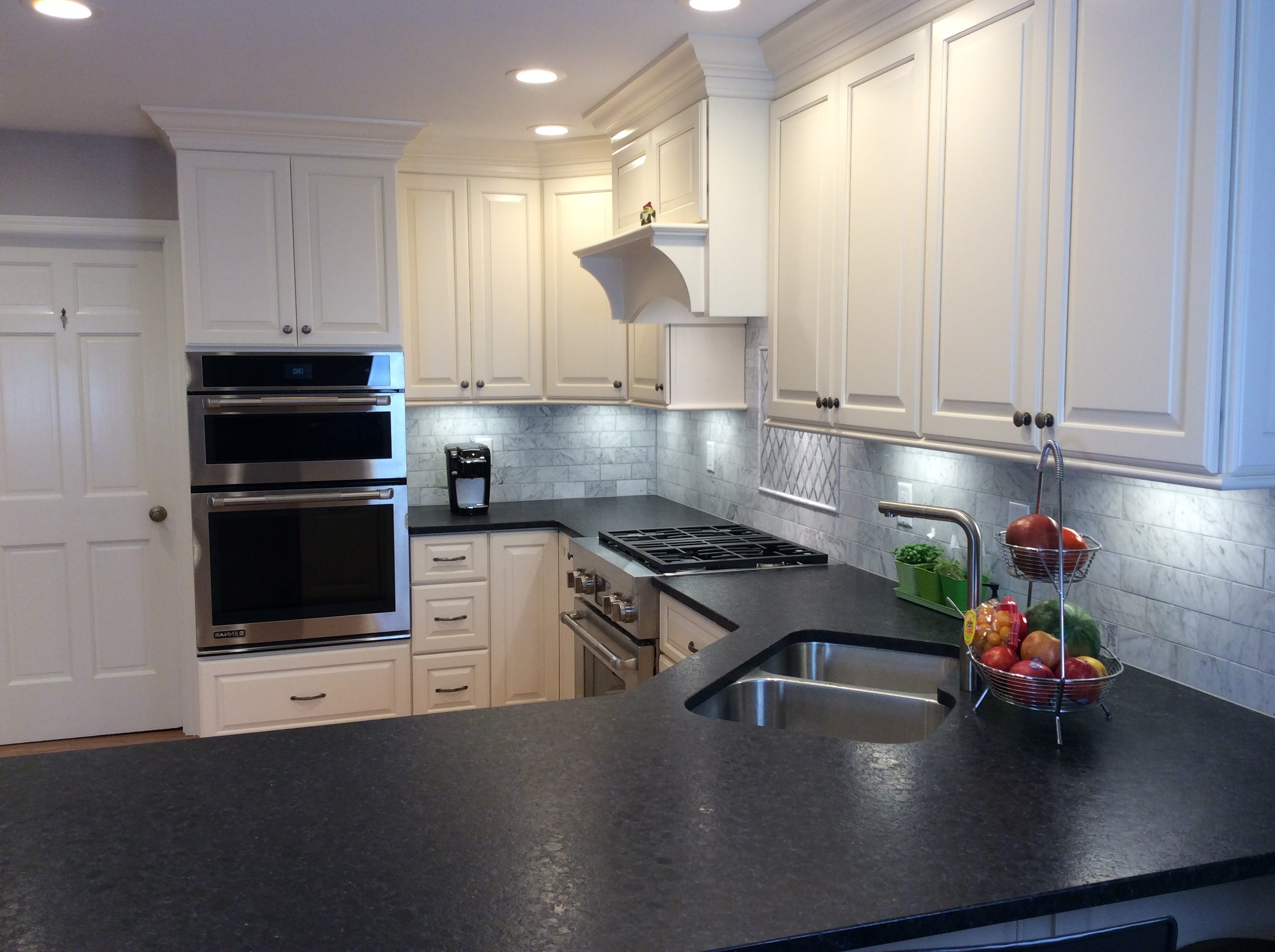
Concrete countertops gained favor for their modern, industrial look, but their popularity is declining. Consumer Reports in 2024 highlighted issues with cracking, staining, and the need for frequent sealing. Many homeowners are surprised by the maintenance required, and the heavy weight can complicate installation. Health concerns have also been raised, as some sealants contain volatile compounds. Quartz and solid-surface materials are now preferred for their durability and lower upkeep. The concrete trend, once seen as edgy and fresh, is increasingly viewed as impractical for everyday life.
High-Gloss Cabinets
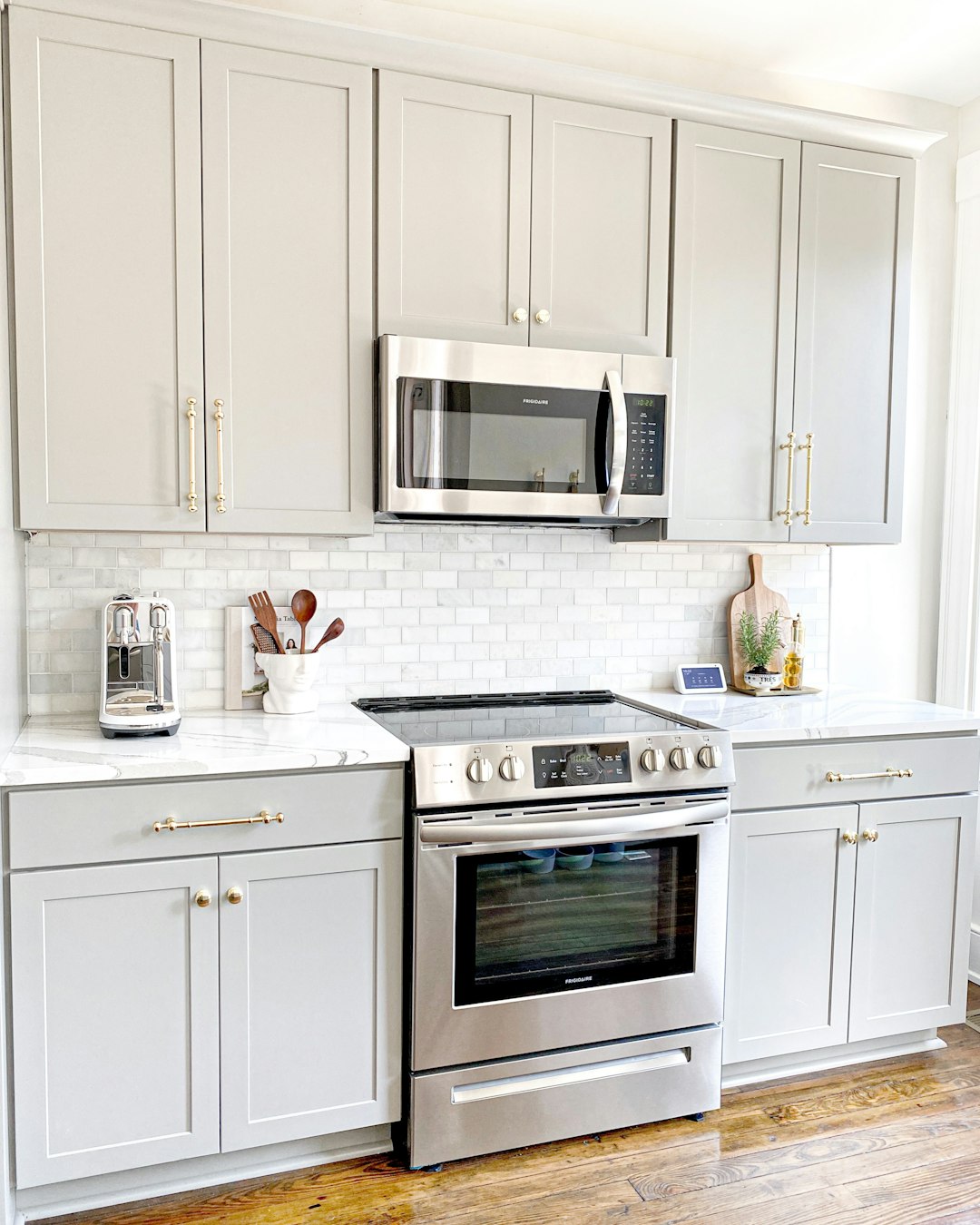
High-gloss cabinetry brought a sleek, ultra-modern vibe to kitchens, but recent design feedback indicates a shift away from this look. The 2023 NKBA Kitchen Trends Report found that 67% of designers now recommend matte or satin finishes. High-gloss surfaces are notorious for showing fingerprints, smudges, and scratches, making them difficult to keep clean. Reflections can also make spaces feel cold and uninviting, especially under harsh lighting. Many homeowners find that glossy cabinets quickly lose their visual appeal as wear and tear accumulate. The move toward softer sheens reflects a broader trend toward comfort and practicality in home design.
Built-In Desks and Nooks

Built-in desks and nooks saw a surge during the remote work boom of 2020-2022, but demand is fading fast. Data from the 2024 Harvard Joint Center for Housing Studies shows a 22% decrease in new homes featuring dedicated work nooks. Many people now find these spaces underused as hybrid work becomes the norm and laptops replace desktops. Fixed desks can also limit room flexibility and appeal, especially for buyers without remote work needs. Homeowners are opting for multipurpose furniture or portable workstations that adapt to changing lifestyles. As the rush to accommodate home offices recedes, built-in nooks are becoming relics of a unique historical moment.

Henrieke Otte is an accomplished writer and content editor, specializing in topics that inspire thoughtful living—ranging from global travel and sustainable lifestyles to interior design and architecture. With a keen editorial sense and a background in cultural studies, Henrieke brings depth, elegance, and clarity to every piece she crafts.
Her work is known for its engaging voice, visual sensitivity, and ability to turn complex ideas into accessible, reader-friendly narratives. Whether exploring eco-conscious destinations, dissecting climate-conscious home trends, or curating serene living spaces, Henrieke writes with a balance of creativity and insight that resonates with design-savvy, environmentally aware audiences.
Driven by a love of meaningful storytelling and a refined aesthetic, Henrieke contributes regularly to digital platforms and magazines where quality content meets visual sophistication.
